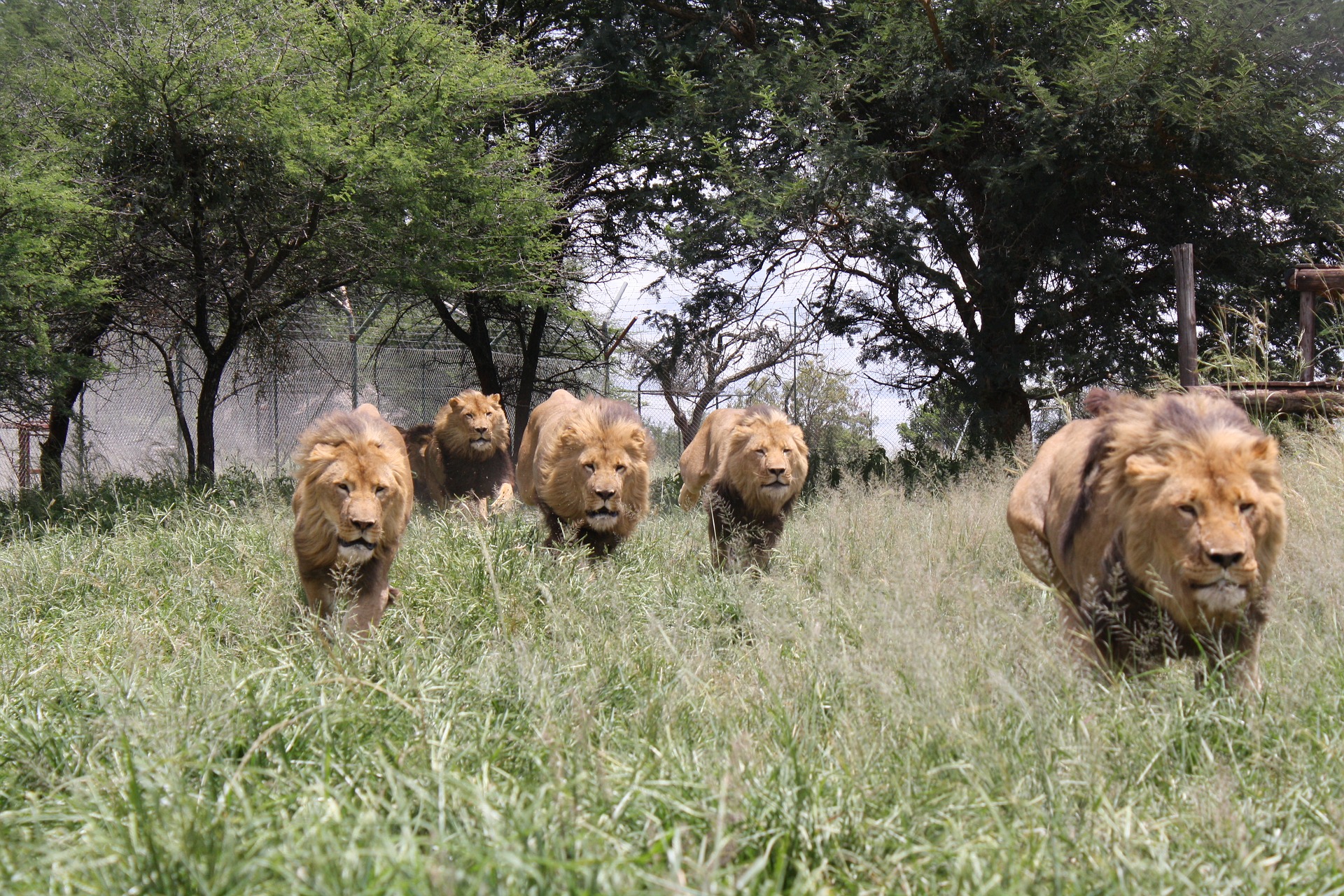Colored belts are a tradition from the earliest times of martial arts history. Hmm, I think not. The colored belt ranking system is a recent invention. The belt, however, is an old invention primarily made to hold up pants and tie jackets to the body. So why is there such reverence paid to the colored belts? Isn’t there another function besides a purely practical use? Let’s start with a definition of a martial arts belt.
According to “The Original Martial Arts Encyclopedia: Tradition-History-Pioneers“, the belt, called obi, is worn around the waist of most Okinawan, Japanese and Korean martial arts. [1 (pg. 2)]
“They are generally long enough to be wrapped twice around the wearer’s waist and then tied in a square knot, with 10 to 15 inches hanging from either side of the knot. Before the 20th century, most belts were colorless.” (Pg. 2)
What do you mean “colorless”? How did they know what kyu rank they were? At the time, it didn’t matter. The instructor was usually your relative that you saw every day. He remembered your skill level. After all, only twenty or so family members trained with the sensei.
A Skill Measure
As often explained in my classes, the colored belt is a visible sign of skill, a mental cue for the instructor. When an instructor scans his third class of 30 students, his mind goes numb, trying to remember who has which kata and who needs which technique. By setting a standard curriculum with specific requirements, the instructor significantly reduces her memory requirements. When your sensei sees that blue belt you’re wearing, he knows you have (just for argument’s sake) six forms and 20 techniques. If you don’t, then he knows what to teach you.
Milestone Marker
The colored belt is also beneficial for the student. Ranks can act as milestone markers toward the goal of a Black Belt. Any time you set a significant goal, you should break it down into several sub-goals or milestones. This visual marker is an excellent method for seeing the improvement and strides you’ve made towards your goal. Otherwise, you may lose sight of the progress in the skill you’ve earned.
Seniority
In more traditional schools, colored-belts are also a sign of seniority. Certain ranks have specific duties based on their seniority in the school. In many Kempo schools, higher rank students are in the front rows during drills. This arrangement allows new students and beginners to see how techniques are done and follow along until they are comfortable with the class structure.
Colored Belt Origins
Who started the ranking system anyway? Many people credit the founder of Judo, Jigoro Kano, with the modern ranking system. Master Kano wanted a way to organize judo competitors by skill. All the non-black belts had the same rank, but their skill varied considerably. He assigned students to various grades that grouped the beginners by skill level. As a neophyte advanced in talent, he could compete with others of comparable skill.
Correct Color Order
What are the correct colors? There aren’t any universal or standard orders. Many styles have implemented various hierarchies, especially in eclectic styles that blend several arts. The origin of colored belts can be traced back to the Tracy brothers of Chinese Kenpo [2] when they asked their Asian suppliers what other colored belts they manufacture. (You could say Kempo is to blame for the colored belt phenomena.)
Korean arts use belt colors that don’t match Japanese belt colors. Both of these don’t compare many Kempo ranks. Korean schools use white, gold, yellow, green, blue, purple, red, and black from the local schools I’ve visited. However, I’ve been to schools that have brown belts too. Some of the Japanese schools use white, green, blue, brown, and black. Gracie Ju-Jitsu uses white, blue, purple, brown, and black. That order is different from Judo and its offshoots. The art of Kempo uses white, yellow, orange, purple, blue, green, brown, and black. Some schools use different orders than the ones listed above.
Recently, I’ve seen camouflage and multi-colored belts. I don’t know where they fall in the spectrum of ability level.
Kung-Fu Ranks
Chinese arts didn’t have belt or sash rankings until the 1980s. The Chinese Kung fu schools I’ve been to rank by set or form. Each form can have three levels – student, instructor, or master. Then again, Chinese schools have a less formal atmosphere. Most don’t require uniforms or formalized school etiquette as their Japanese counterparts do. The Chinese schools tend to have t-shirts, roomy pants, and comfortable shoes as their uniform.
If the colors represent different levels depending on the style, how do you compare ranks? All schools assign a kyu rank to the color belt. Kyu ranks or grades are those students who have not earned the Black Belt or shodan grade. These kyu ranks compare easily from style to style. In Kempo, the kyu ranks have three groups–beginners, intermediate, and advanced.
Corcoran and Farkas describe the dan ranks like this:
“It usually takes three to four years of ascent through the kyu or gup grades to reach 1st-degree black belt, at which the dan ranks commence in some systems. You earn the sixth degree and upward for merit or accomplishment instead of physical proficiency.”
Black Belt Degrees
Dan ranks or degrees are levels of black belt. Below are the Japanese and Okinawan dan ranks:
- Shodan – 1st degree
- Nidan – 2nd degree
- Sandan – 3rd degree
- Yodan – 4th degree
- Godan – 5th degree
- Rokudan – 6th degree
- Shichidan – 7th degree
- Hachiman – 8th degree
- Kudan – 9th degree
- Judan – 10th degree
In the United States, many styles and masters work together. Some masters promote exemplary instructors for their work for the benefit of martial arts and the community. Often, they promote ranks across martial arts styles. As stated previously, ranks from 6th to 9th dan are honorary, awarded for merit or accomplishments. It would also be a fair assessment of a master’s abilities to recognize quality and skill that many would be unable to judge.
Self Ranking
On the other hand, self-promotion is less honorable and lacks the necessary humility required by an expert of the arts. “The Martial Arts Encyclopedia” notes that many black belts have emerged since the mid-1960s with questionable qualifications. Corcoran and Farkas go on to state that “…an especially acute problem is the large number of high-ranking black belts whose only achievement has come through self-promotion of rank.”
Is it bad? Is it wrong? That is something each needs to determine. Most styles have not a formal organization to control the issuance of ranks and promotions. Judo is a prime example of an art that has gained control over ranking and teaching. Until other styles can follow suit, there will not be a universal standard.
Who’s the Boss?
However, one might ask, who has the authority to dictate the qualifications for new ranks? The government? Some arbitrary board of directors? No, your style and your masters dictate what the requirements are for each grade. Tae Kwon Do is an excellent example of a worldwide style that holds strict guidelines for advancement agreed upon by many old masters.
A ranking system is an excellent tool for martial arts instructors. That’s why it caught on. It’s so successful that many Chinese styles are formulating a similar strategy utilizing sashes. When large numbers of students enter a dojo, an instructor must use tools and systemization to regulate and perfect their training. The ranking belts are nearly universal, but the implementation of the idea varies from dojo to dojo. My advice is, don’t fret over the little stuff. Admire skill and humility over boasting and ranking.
Footnotes:
- “The Original Martial Arts Encyclopedia: Tradition-History-Pioneers” by John Corcoran and Emil Farkas, Pro-Action Publishing, 1993.
- Tracy Kenpo International Catalog, 1991.




RSS feeds are great. I use them myself to follow other blogs. Thanks for adding me to your feeds. 🙂